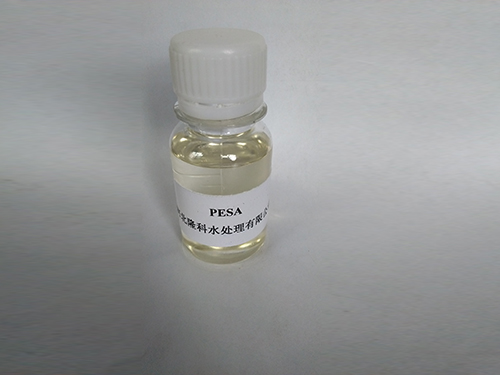Synthesis and Applications of Ethylenediaminetetra Methylenephosphonic Acid in Industry
Ethylenediaminetetra(methylenephosphonic Acid) A Multifunctional Phosphonate
Ethylenediaminetetra(methylenephosphonic acid), commonly referred to as EDTMPA, is a phosphonic acid derivative that has garnered attention in various fields including chemistry, materials science, and environmental technology. Its versatile properties make it a critical compound for applications ranging from industrial processes to biomedical innovations.
Chemical Structure and Properties
EDTMPA is characterized by the presence of four methylenephosphonic acid groups attached to an ethylenediamine backbone. This unique structure not only enhances its ability to chelate metal ions but also improves its solubility in water. The acidic nature of the methylenephosphonic groups allows EDTMPA to form stable complexes with various metals, promoting its utility in controlling metal ion pollution and scaling in industrial processes.
The chelating ability of EDTMPA makes it particularly valuable in scale inhibition. In environments such as boilers, cooling towers, and geothermal systems, the precipitation of calcium carbonate and other salts can lead to operational inefficiencies and costly downtimes. The inclusion of EDTMPA in these systems can effectively suppress the formation of scale, prolonging the lifespan of equipment and enhancing operational efficacy.
Industrial Applications
One of the most prominent applications of EDTMPA is found in the water treatment industry
. This compound is used as a scale inhibitor and dispersant in various water systems, helping to control the deposition of hardness ions. In addition, EDTMPA proves beneficial in reducing biofouling and corrosion rates, which are significant concerns in water systems, ensuring cleaner and safer water for industrial use.Furthermore, the capacity of EDTMPA to bind with heavy metal ions allows it to play a crucial role in environmental remediation. With heavy metals such as lead, cadmium, and mercury posing severe risks to human health and ecosystems, EDTMPA can be utilized in chelation therapy to reduce metal toxicity. In this context, the compound can help in cleansing polluted water bodies and soils, contributing to environmental sustainability.
ethylenediaminetetra methylenephosphonic acid

Biomedical Applications
Beyond industrial uses, EDTMPA's unique chemical properties lend themselves to various biomedical applications. For instance, research has explored its potential in targeted drug delivery systems where metals are utilized for imaging and therapeutic purposes. The capability of EDTMPA to selectively bind to metal ions can aid in enhancing the bioavailability of drugs, thereby improving therapeutic outcomes.
Moreover, EDTMPA's application in bone-related disorders is gaining traction. Due to its affinity for calcium ions, it may facilitate the development of innovative treatments for conditions such as osteoporosis. By promoting better calcium absorption and incorporation in bone structure, EDTMPA could enhance bone density and strength.
Future Perspectives
As the global focus shifts towards sustainable practices and green chemistry, the role of EDTMPA is expected to expand. Researchers are actively investigating new pathways to utilize this phosphonate not only in environmental applications but also in the synthesis of advanced materials, nanotechnology, and biocompatible coatings. The ongoing studies will likely reveal more of its multifunctional potential, broadening its applications and increasing its significance in both industrial and biomedical domains.
Conclusion
In summary, ethylenediaminetetra(methylenephosphonic acid) is a versatile and multifunctional phosphonate with wide-ranging applications across various industries. Its ability to inhibit scales, chelate metals, and its emerging biomedical applications underscore its importance in contemporary science and technology. As research continues to unlock new possibilities for EDTMPA, it remains a key player in the pursuit of efficient and sustainable solutions in chemical, environmental, and health-related fields.
-
Water Treatment with Flocculant Water TreatmentNewsJun.12,2025
-
Polymaleic AnhydrideNewsJun.12,2025
-
Polyaspartic AcidNewsJun.12,2025
-
Enhance Industrial Processes with IsothiazolinonesNewsJun.12,2025
-
Enhance Industrial Processes with PBTCA SolutionsNewsJun.12,2025
-
Dodecyldimethylbenzylammonium Chloride SolutionsNewsJun.12,2025





